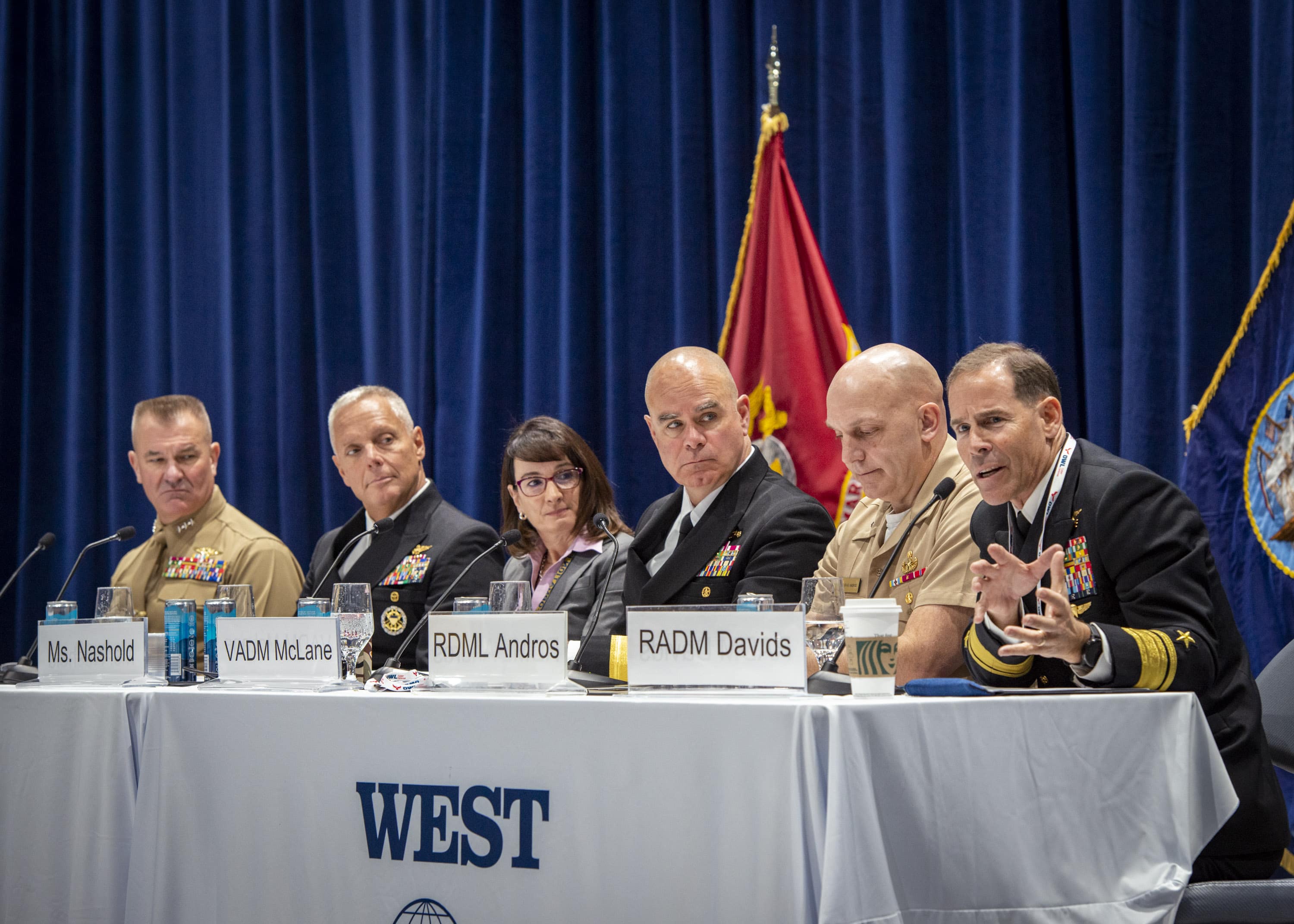The Navy SEALs are evolving from a primary counterterrorism force to a role more integrally supporting the broader objectives of the Navy and joint forces. The details around the changes in force structure came from Rear Admiral Keith Davids, the head of Naval Special Warfare Command, during the WEST 2024 naval conference in San Diego. Over the past two decades, the SEALs have been renowned for their counterterrorism operations. “For 20-plus years, we’ve been accustomed to being the main effort,” Davids said. However, the future will see them leveraging their unique capabilities in support of fleet operations and joint force missions. “The integration and cooperation is happening to a degree I’ve not seen in my 33-plus years of commissioned service.“
Davids outlined a vision where the SEALs’ expertise in precision operations, such as maritime interdiction and search and seizure, is utilized to bolster the Navy’s operational effectiveness. This shift includes integrating with the Navy to perform roles such as identifying targets for missile strikes and providing electromagnetic jamming in support of airstrikes. “We’re prioritizing integration with the Fleet and Joint Force. We can operate forward in contested areas that enhance war-fighting lethality in unique ways,” he explained.
The change in focus reflects a broader strategy to enhance the Navy’s readiness and response capabilities in facing contemporary global security challenges. Davids emphasized the importance of innovation, collaboration with industry, and leveraging maritime access to deliver asymmetric effects that enhance war-fighting lethality. The SEALs’ pivot towards supporting the fleet and joint force operations marks a notable transition in their operational doctrine, aiming at maintaining strategic advantage in contested areas.
At the WEST 2024 conference, which serves as a premier naval forum for discussing new technologies and capabilities, Davids joined leaders from various sea service warfare communities. The theme of this year’s event focused on whether acquisition and readiness are keeping pace with global security demands.
Expanded Coverage






